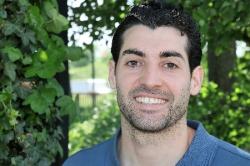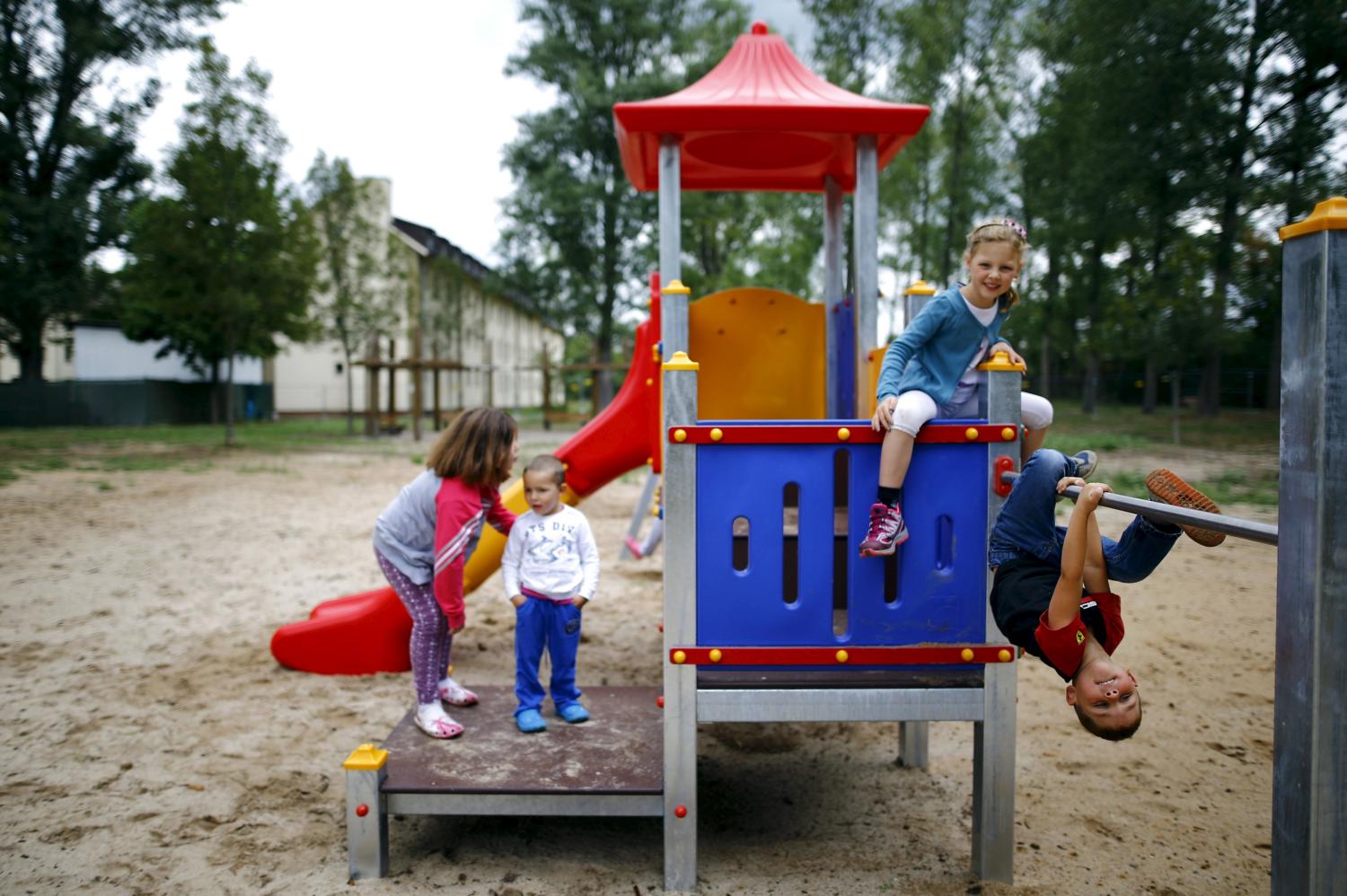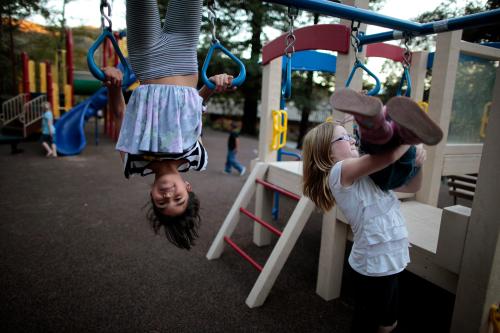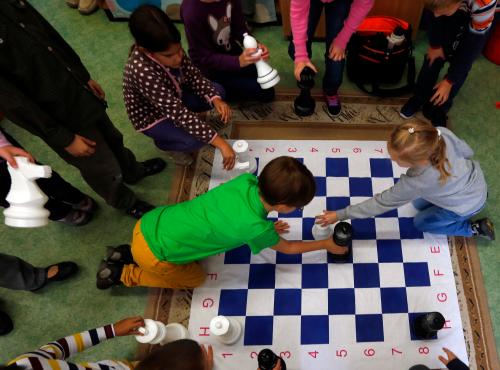In the United States, children from under-resourced communities regularly enter formal schooling lagging behind their peers in language development, reading readiness, and spatial skills. These deficits predict later mathematical and vocabulary knowledge and can persist throughout life, affecting everything from occupational attainment to health outcomes. To address these gaps, policymakers have focused largely on schooling as the great equalizer. Yet, children in Western countries only spend 20 percent of their waking hours in school and there is little attention spent helping children engage in formative experiences in the other 80 percent. Additionally, by 2050 over 70 percent of the world’s children will live in cities. How can developmental scientists, city planners, architects, and educators come together to address this “other 80 percent” of children’s waking hours in places where most children live, for the benefit of children’s development?
One answer is the Learning Landscapes initiative, which marries the learning sciences with urban revitalization to craft carefully planned play experiences that focus on learning outcomes, particularly for children and families from under-resourced communities. Playful learning, a broad pedagogical approach featuring child-directed play methods, provides a unique way to foster learning and engagement organically within the built environment. Learning Landscapes capitalizes on global momentum towards placemaking and putting the user experience first in the designing of public spaces. The initiative has already demonstrated efficacy through several well-documented projects. The Ultimate Block Party brought over 50,000 people to Central Park to engage in playful learning activities. Supermarket Speak made grocery stores hotspots for caregiver-child interaction by simply adding signs with interaction prompts to everyday “trapped” environments. Urban Thinkscape transformed a bus stop and adjacent lot into a hub for playful learning while families were waiting for public transportation. Finally, Parkopolis is a life-size human board game that fosters STEM (Science, Technology, Engineering, and Mathematics) and reasoning skills in public spaces. Most importantly, Learning Landscape takes a rigorous research-to-practice approach with implementation rooted in the science of learning and clear, measurable outcomes. This paper summarizes data from these Learning Landscapes projects while reflecting on lessons learned and exploring future directions.
The Brookings Institution is committed to quality, independence, and impact.
We are supported by a diverse array of funders. In line with our values and policies, each Brookings publication represents the sole views of its author(s).












